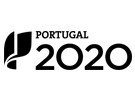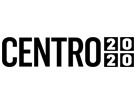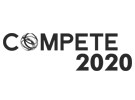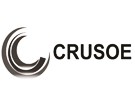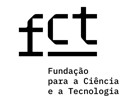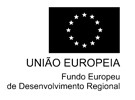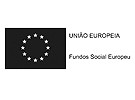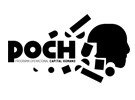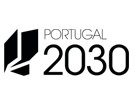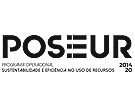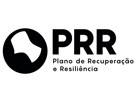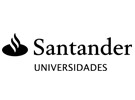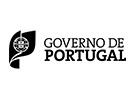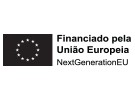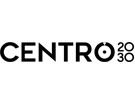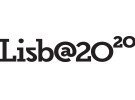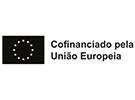



Publication in the Diário da República: Despacho n.º 8955/2023 - 31/08/2023
6 ECTS; 2º Ano, 2º Semestre, 30,0 T + 30,0 PL + 3,0 OT , Cód. 938097.
Lecturer
- António João de Carvalho da Cruz (1)(2)
(1) Docente Responsável
(2) Docente que lecciona
Prerequisites
Not applicable.
Objectives
O1. Know the main sources of information with historical interest on the materials used in painting
O2. Know the main materials with historical interest used in painting
a) Know how to relate the chemical and physical properties of materials to their function
b) Identify the main materials
c) Know the history of their use
d) Know their chemical and physical properties
e) Know how to relate the chemical composition of materials to their alteration
O3. Know the main adhesives and the main fixing and consolidating materials used in the conservation and restoration of paintings
a) Know how to relate the chemical and physical properties of materials to their function
b) Identify the main materials
c) Know their chemical and physical properties
d) Know how to relate the chemical composition of materials to their alteration
O4. Know how to choose the most suitable materials for a painting conservation and restoration intervention
Program
C1. Ancient painting treatises
a) Types of ancient technical documentary sources and their importance
b) Main painting treatises
c) Problems of using and interpreting ancient documentary sources
C2. Supports
a) Wood
b) Canvas
c) Other supports
d) Craft and commercial supports
e) Preparation of supports
C3. Drawing materials
C4. Pigments, fillers and lakes
a) Nomenclature and general characteristics of pigments
b) Main pigments and lakes of historical interest
c) Origin of colour
d) Shape and size of pigment particles
e) Refractive index
f) Alteration of pigments
g) Toxicity of pigments
C5. Binders
a) Types of binders and types of paints
b) Drying oil
c) Traditional aqueous binders
d) Synthetic binders
C6. Varnishes
a) Film formation and properties
b) Traditional varnishes
c) Synthetic varnishes
C7. Adhesives and consolidants
a) Adhesiveness
b) Traditional adhesives and consolidants
c) Synthetic adhesives and consolidants
Evaluation Methodology
The final grade is the weighted average of two components:
A1. Practical component, with a weight of 40 %, assessed through group reports on the practical work carried out during the semester;
A2. Theoretical component, with a weight of 60 %, assessed individually through two written tests during the semester (frequencies) or a written exam.
Each component must have a minimum of 10/20 marks. Those who do not obtain 10/20 marks in the practical component will be excluded from the examination.
Bibliography
- Berrie, B. (2007). Artists' Pigments. A Handbook of Their History and Characteristics. (Vol. 4). Washington - London: National Gallery of Art - Archetype Publications
- Feller, R. (1986). Artists' Pigments. A Handbook of Their History and Characteristics. (Vol. 1). Washington: National Gallery of Art
- FitzHugh, E. (1997). Artists' Pigments. A Handbook of Their History and Characteristics. (Vol. 3). Washington: National Gallery of Art
- Gottsegen, M. (2006). The Painter's Handbook. New York: Watson-Guptill Publications
- Horie, V. (2010). Materials for Conservation. Organic Consolidants, Adhesives and Coatings. Oxford: Butterworth-Heinemann
- Mayer, R. (1991). The Artist's Handbook of Materials and Techniques. New York: Viking
- Roy, A. (1993). Artists' Pigments. A Handbook of Their History and Characteristics. (Vol. 2). Washington: National Gallery of Art
- Stephenson, J. (1989). The Materials and Techniques of Painting. London: Thames and Hudson
- Stoner, J. e Rushfield, R. (2021). The Conservation of Easel Paintings. Abingdon: Routledge
- Townsend, J. (2025). Adhesives, Coatings and Consolidants. Abingdon: Routledge
Teaching Method
E1. Lectures on the various subjects and materials
E2. Compulsory practical classes on:
a) some documentary sources of historical interest
b) preparation, characterisation and use of materials
Software used in class
Not applicable.
